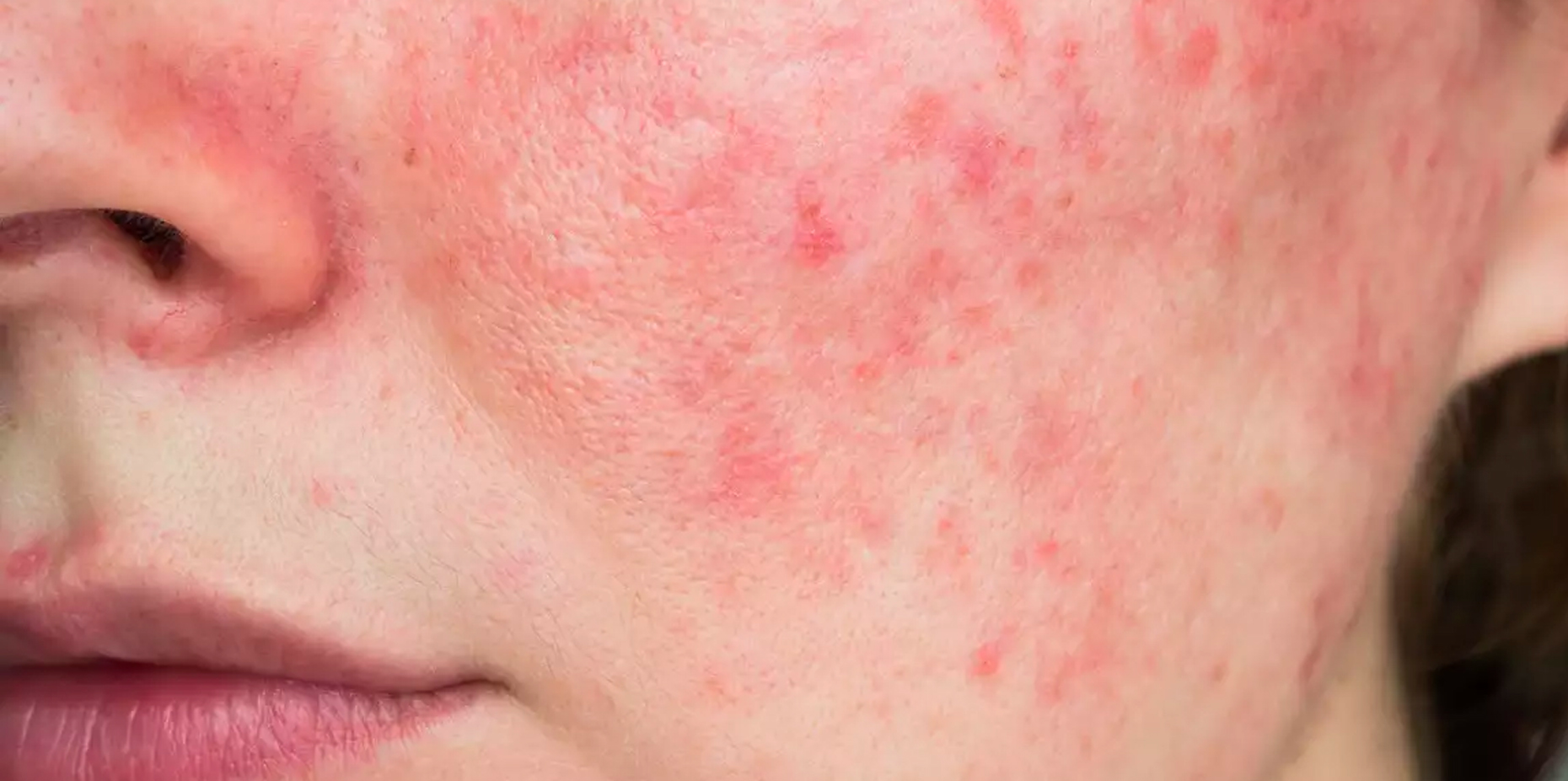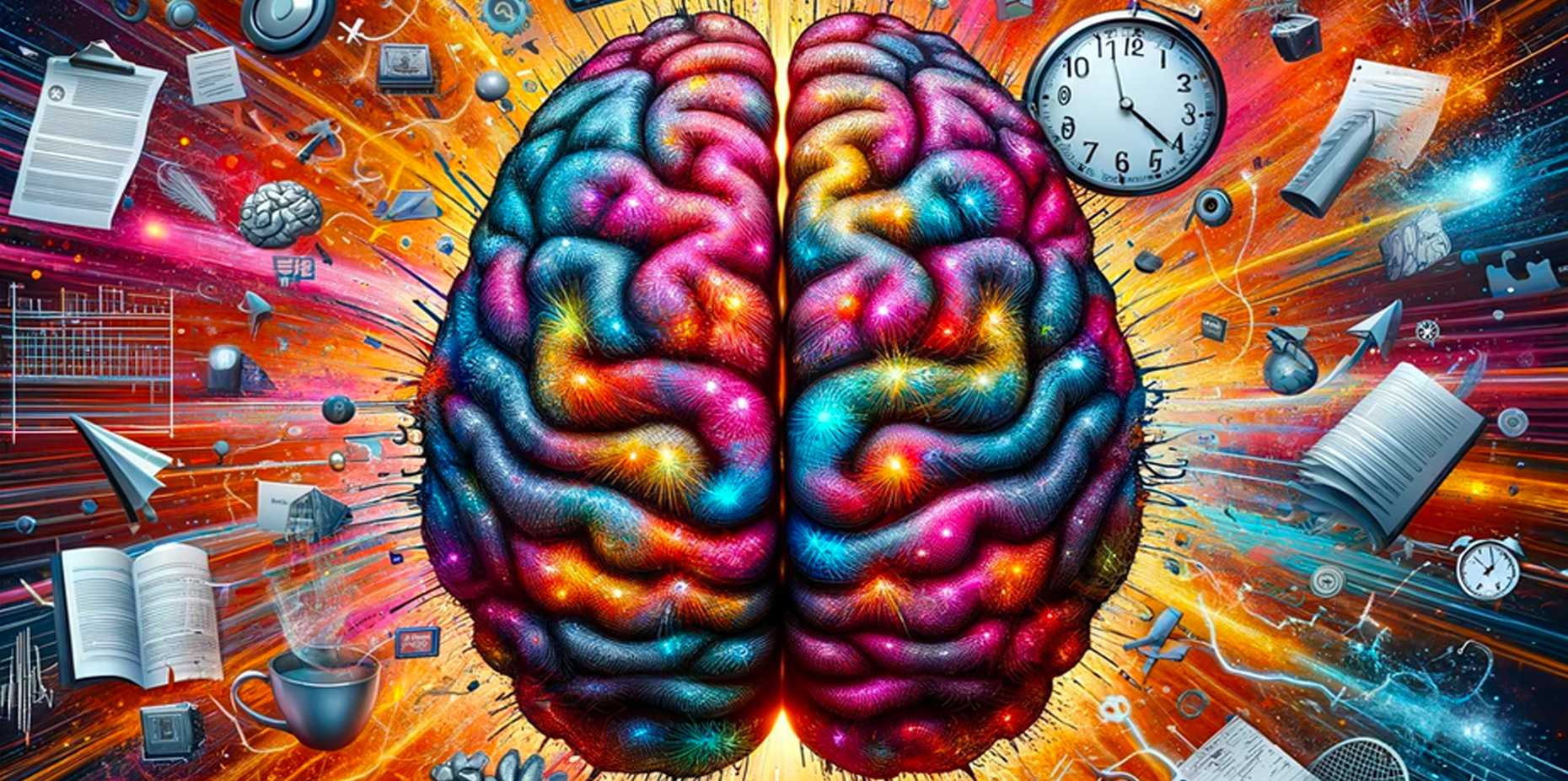Over 300 million people globally are estimated to experience an anxiety disorder, reflecting its significant impact worldwide (1). Anxiety disorders are estimated to affect approximately 34% of adults during their lifetime in the United States” (2). Women, especially those under 35, are more prone to anxiety disorders” (3, 4, 5).
Table of Contents
What is Anxiety?
Anxiety is more than just a temporary feeling of stress or fear. It is a condition that can cause intense and excessive nervousness, fear, and worry, especially when it is out of proportion to the actual threat or stressor. Several factors, including one’s environment, genetics, and social and economic status, play a role in the prevalence of anxiety, showing that it has many interconnected causes and effects (6, 7).
Anxiety triggers the body’s fight-or-flight response, leading to a variety of physical reactions such as increased heart rate and rapid breathing. It’s not just a condition of the mind but also manifests physically, influencing one’s ability to function in daily life.
Signs and Symptoms of Anxiety
Anxiety’s symptoms are diverse, presenting a spectrum of physical, emotional, and psychological signs. Identifying these symptoms is crucial for timely and effective intervention.
- Persistent Nervousness or Restlessness: Often seen in Generalized Anxiety Disorder (GAD), this ongoing feeling of unease can interfere with everyday life and lead to a chronic state of arousal (8).
- Excessive Sweating and Increased Heart Rate: These symptoms are part of the body’s immediate reaction to stress. They are especially strong in stressful social situations or when under a lot of pressure, showing the body’s primal fight-or-flight mechanism (9, 10).
- Panic Attacks (11): Characterized by sudden, intense fear and physical symptoms, panic attacks can strike without warning, causing exhaustion and dread of future episodes. These bouts are often brief but intense, leading to feelings of detachment or unreality.
- Fatigue or Weakness (12): Common outcomes of prolonged anxiety, these symptoms can sap motivation and productivity, affecting personal and professional domains. Chronic anxiety can result in physical depletion, leading to a state of burnout.
- Rapid Breathing: This physiological response accompanies heightened stress or anxiety (13, 14). It can intensify panic sensations and contribute to a loss of control. Symptoms like chest tightness and dizziness often accompany this rapid breathing.
- Difficulty Concentrating or Fidgeting: Anxiety can impede focus and induce restlessness (15). This can negatively impact work or academic performance and strain relationships. An inability to remain still or a compulsion to move is commonly observed.
- Muscle Tension: A physical reflection of chronic anxiety, leading to discomforts like headaches and body aches, particularly in the neck arm-area. (16, 17). This tension often exacerbates the overall anxiety experience.
- Sleep Disturbances: Trouble falling or staying asleep is a significant anxiety symptom (18). Poor sleep exacerbates other anxiety symptoms, creating a detrimental cycle of stress and restlessness. It can also lead to memory and concentration issues (19).
While these symptoms are prevalent, they can vary in intensity and occurrence. Recognizing and understanding them is crucial for seeking appropriate treatment.
Note:It’s essential to consult healthcare professionals for accurate diagnosis, as these symptoms can overlap with other medical conditions.
Types of Anxiety Disorders
Anxiety disorders include various conditions, each with its own set of symptoms and difficulties. Correctly identifying the specific type of anxiety disorder is crucial for planning effective treatment. This list is not exhaustive, and other forms of anxiety disorders exist.
- Social Phobia: Characterized by a fear of social scrutiny and interaction, leading to avoidance of social situations. This can hinder personal relationships and professional growth. Individuals often experience extreme distress in social or performance situations (20).
- Post Traumatic Stress Disorder (PTSD): This disorder follows a traumatic event, with symptoms including flashbacks, nightmares, and intense anxiety. It disrupts daily functioning and can lead to avoidance of trauma reminders. PTSD can profoundly alter life experiences and perspectives (21).
- Panic Disorder: Marked by frequent and unexpected panic attacks. These episodes can be immobilizing, instilling a persistent fear of recurrence. Panic disorder can limit the ability to engage in everyday activities and travel (22).
- Obsessive-Compulsive Disorder (OCD): Defined by unwanted repetitive thoughts and actions. These can consume significant time and disrupt daily life. OCD typically involves compulsions or rituals that are felt as necessary and can be intensely distressing if not completed (23).
- Generalized Anxiety Disorder (GAD): Characterized by chronic, exaggerated worry and tension, even when there is little to no reason to worry(24). This continuous worry can be debilitating, affecting concentration, relaxation, and sleep.
- Selective Mutism: A severe form of anxiety in children, characterized by a consistent failure to speak in certain situations, like school, despite speaking in others, like at home (25). This can severely impact a child’s social and educational development.
- Separation Anxiety Disorder: Excessive fear or anxiety about being away from attachment figures (26). It affects both children and adults, manifesting as distress when anticipating or experiencing separation from home or attachment figures.
It’s important to understand these disorders to treat them effectively. Since symptoms can be similar across different disorders, a thorough assessment by a mental health expert is needed to diagnose correctly and plan the best treatment.
Potential Causes of Anxiety
Anxiety has many different causes, from events in one’s life to genetic factors. It’s important to remember that these causes can differ from person to person and might not be the same for everyone.
- Stressful Life Events: Major changes in life or stressful situations, such as changing jobs or losing something important, can lead to anxiety (27). Experiencing trauma, like the death of someone close, is also a common cause.
- Past Trauma: Unresolved trauma can lead to disorders like PTSD (28). The lingering impact of traumatic events can influence mental health for years, altering the brain’s response to stress.
- Genetics and Brain Chemistry: If anxiety or depression runs in the family, there may be a higher chance of developing anxiety (29). Genetics combined with life experiences significantly influence the development of anxiety disorders. Brain chemistry involving neurotransmitters plays a role in anxiety regulation.
- Poor Diet and Substance use: Nutritional deficiencies can impact brain chemistry and mood. Certain substances like caffeine and cigarette smoking may also potentially exacerbate anxiety symptoms (30).
Recognizing these potential causes provides a basis for addressing anxiety. It’s important to understand that these factors are not definitive and that anxiety is often the result of a combination of influences. Consulting healthcare professionals is recommended for personalized anxiety management strategies.
Note: It’s crucial to note that these causes of anxiety vary widely among individuals, and no single factor guarantees the development of anxiety. For a comprehensive understanding and personalized management plan, consulting with healthcare professionals is essential.
Treatment Options for Anxiety
Effectively treating anxiety usually requires a variety of methods, customized to each person’s needs. The wide range of treatment choices provides hope and various ways to handle this condition.
- Lifestyle Modifications: Changes such as reducing caffeine intake, avoiding alcohol, and quitting smoking can influence anxiety levels (31). Regular physical exercise and a balanced diet play a pivotal role in overall mental health, as does ensuring adequate sleep and stress management (32).
- Mindfulness and Relaxation Techniques: Techniques like deep breathing, meditation, and yoga are effective in calming the mind and alleviating physical symptoms of anxiety (33). They help you relax and can be integral to long-term anxiety management.
- Therapy Options: Cognitive-behavioral therapy (CBT) and other forms of psychotherapy are highly effective (34). These therapies offer strategies to understand and manage anxiety, often involving the development of coping mechanisms and behavioral changes. Support groups and peer counseling can provide additional support.
- Medication: In some cases, doctors prescribe medications like SSRIs, SNRIs, benzodiazepines and vistaril. It’s important to use these medications under close supervision, as there can be notable side effects associated with these medications. The decision on whether to choose psychotherapy, medications or a combination of the two should be left to the patient and together with his or her treatment provider (35).
The journey to managing anxiety is deeply personal, and treatment plans may evolve over time. Collaboration with healthcare professionals is essential in determining the most effective approach for each individual. Managing anxiety is a long-term process that may require exploring various treatments to find what works best.
Summary: Treating anxiety may involve a combination of lifestyle changes, mindfulness techniques, therapy, and/or medication, tailored to an individual’s needs.
Anxiety in Children and Adolescents
Anxiety disorders are not limited to adults; they also significantly impact children and adolescents. Recognizing and addressing anxiety in younger populations is crucial for their development and well-being.
- Prevalence and Impact: Anxiety disorders are some of the most common mental health problems in children and teenagers(36). They can influence how well a child does in school, how they interact socially, and the way they function in their family.
- Signs and Symptoms: In young people, anxiety may manifest as irritability, avoidance behaviors, difficulty concentrating, or physical complaints like stomachaches (37). It’s important for parents, teachers, and caregivers to recognize these signs early.
- Treatment Approaches: For younger individuals, treatment often includes a combination of therapy, family involvement, and, if necessary, medication. Cognitive-behavioral therapy (CBT) is particularly effective in children and adolescents, focusing on skill-building and coping strategies (38).
- Importance of Early Intervention: Early recognition and treatment of anxiety in children and adolescents can prevent the development of more severe symptoms and promote healthier long-term outcomes (39, 40).
Understanding and supporting children and adolescents with anxiety is key to helping them navigate these challenges and develop resilience. Engaging with mental health professionals who specialize in pediatric anxiety is crucial for tailored treatment and support.
Addressing Anxiety in the Workplace
Anxiety can greatly affect one’s work life, including their performance, relationships at work, and how satisfied they are with their job. Building a work environment that supports mental health and addressing anxiety at work helps both employees and employers.
- Recognizing Workplace Anxiety: Symptoms in the workplace can include difficulty concentrating, decreased productivity, and avoidance of work-related activities. It’s important for employers to recognize these signs and provide support.
- Creating a Supportive Environment: Employers can foster a supportive atmosphere by promoting work-life balance, providing mental health resources, and encouraging open communication about mental health.
- Employee Resources: Access to counseling services, mental health days, and flexible work arrangements can be invaluable for employees managing anxiety. Employee assistance programs (EAPs) often offer such resources.
- Encouraging Self-Care: Educating employees on the importance of self-care and providing resources to support mental health can lead to a more productive and positive work environment.
A proactive approach to managing workplace anxiety can result in a healthier, more engaged, and productive workforce. It is in the interest of both employers and employees to prioritize mental health in the workplace.
Anxiety and Physical Health
Anxiety doesn’t only affect mental health; it also has a profound impact on physical well-being. Understanding this connection is vital for overall well-being.
- Physical Symptoms: Chronic anxiety can lead to a range of physical symptoms such as headaches, digestive issues, and chronic pain (41). It’s important to recognize these physical signs to address anxiety effectively.
- Impact on Chronic Conditions: Anxiety may worsen chronic health conditions like Type 2 diabetes (42). Controlling anxiety is an important part of taking care of your overall health.
- Importance of Holistic Care: Effective anxiety treatment often requires a holistic approach that considers both mental and physical health (43). Healthcare providers should address the full spectrum of symptoms and impacts of anxiety.
The connection between anxiety and physical health highlights the importance of integrated care approaches that address all aspects of an individual’s well-being.
Future Directions in Anxiety Research and Treatment
The field of anxiety research and treatment is continually evolving, with new insights and methods emerging regularly. Staying informed about these developments is crucial for both healthcare professionals and those affected by anxiety.
- Emerging Treatments: Research into new treatment modalities, including advanced pharmacological approaches and innovative therapies, is ongoing. These may offer more effective and personalized treatment options in the future.
- Technological Advancements: Technology, such as digital therapy platforms and mobile health apps, is playing an increasing role in managing anxiety. These tools may provide accessible and convenient support for those with anxiety disorders.
- Understanding the Genetic Basis: Ongoing research into the genetic factors behind anxiety promises to enhance our understanding of its causes and pave the way for more targeted treatments.
Keeping abreast of these developments will be key to improving anxiety treatment and outcomes. The future of anxiety management looks promising with these advancements.
Conclusion
Anxiety, a complex and multifaceted condition, requires a nuanced approach to management and treatment. It’s vital to understand its varied manifestations, potential causes, and broad spectrum of treatment options. Anxiety can impact both mental and physical health. As research advances, new and improved methods for managing anxiety continue to emerge, offering hope for those affected. Remember, seeking professional help is a positive step towards better mental health and well-being. You don’t have to be alone in this journey.













